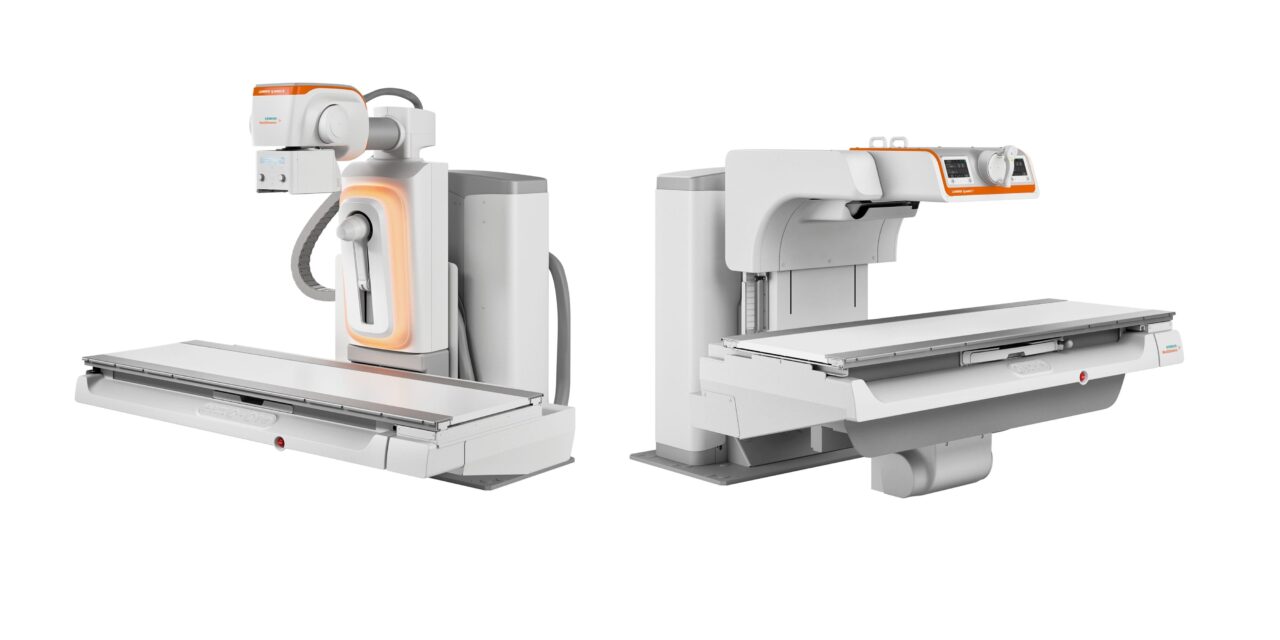The platforms, which switch between radiography and fluoroscopy applications, enable remote and tableside exams and feature AI-powered workflows.
Siemens Healthineers has received US Food and Drug Administration clearance for two multifunctional imaging platforms for radiography and fluoroscopy, or real-time 2D imaging: the remote-controlled Luminos Q.namix R and the Luminos Q.namix T with tableside control.
The two new platforms, which can be used for specialized and complex examinations, can simplify workflows at low patient radiation doses through intuitive controls, integrated components, and built-in workflow guidance supported by artificial intelligence (AI), according to a release from the company.
“With these two new platforms, Siemens Healthineers offers the radiography and fluoroscopy communities a long-sought, user-friendly alternative to imaging systems of unnecessarily complex design, which have been a barrier to more efficient workflows,” says Niral Patel, head of X-ray products at Siemens Healthineers North America, in a release.
Design Informed by User Feedback
The Luminos Q.namix platforms’ design was developed by Siemens Healthineers over a six-year period with input from more than 160 customers who are fluoroscopy experts. According to a release from the company, both platforms feature ergonomic controls and a streamlined touch interface with automated functions for dose and workflow optimization. Functionalities with live camera and AI support are designed to enable users to acquire images of consistent quality at a low radiation dose, regardless of their experience level. The new generation of wireless detectors can improve imaging of microstructures in radiography and works with compatible Siemens Healthineers systems and imaging software.
The remote-controlled Luminos Q.namix R can be operated either in the control room to avoid user radiation exposure or from inside the exam room at the bedside, depending on patient and exam requirements. It is designed for fluoroscopy procedures that include lower and upper gastrointestinal exams, as well as swallow and joint injection studies that require contrast media. It also can be used for radiography exams, including general exams of the chest, bones, and joints; and orthopedic imaging, including automated long leg and long spine imaging.
The Luminos Q.namix R’s source-to-image distance (SID) of 180 cm (71 inches) can increase productivity during radiography exams by reducing geometrical distortions caused by the distance between the X-ray tube and detector. The in-room control panel allows the user to operate the system adjacent to the patient table, which can be beneficial for pediatric patients and during certain types of fluoroscopy exams.
The Luminos Q.namix T with tableside control is ideal for non-ambulatory patients and examinations that require intensive patient interaction, including pediatrics, bariatrics, and gastroenterology. Multiple touch panels provide easy access to imaging parameters, while the OptiGrip ergonomic handle lets users save fluoro images or loops without diverting their attention from the task at hand. The digital fluoro tower parks automatically, allowing seamless switching between radiographic and fluoroscopic exams.
Photo caption: Luminos Q.namix and Q.namix T platforms
Photo credit: Siemens Healthineers





